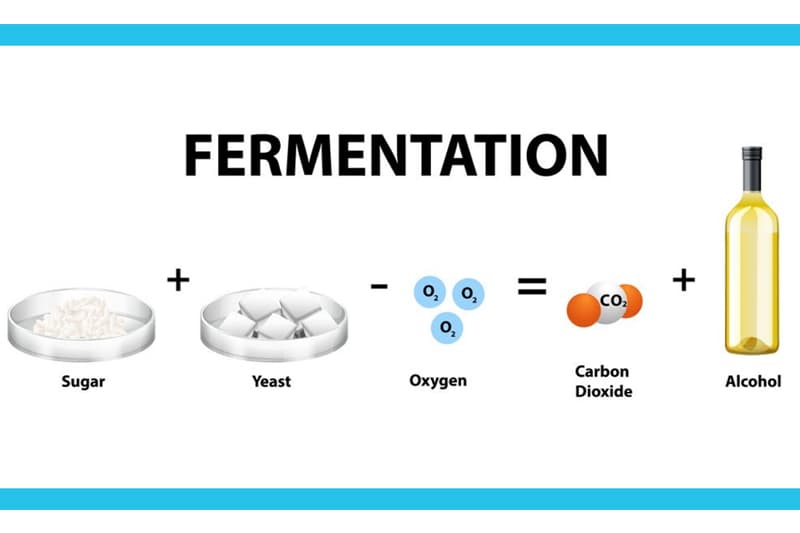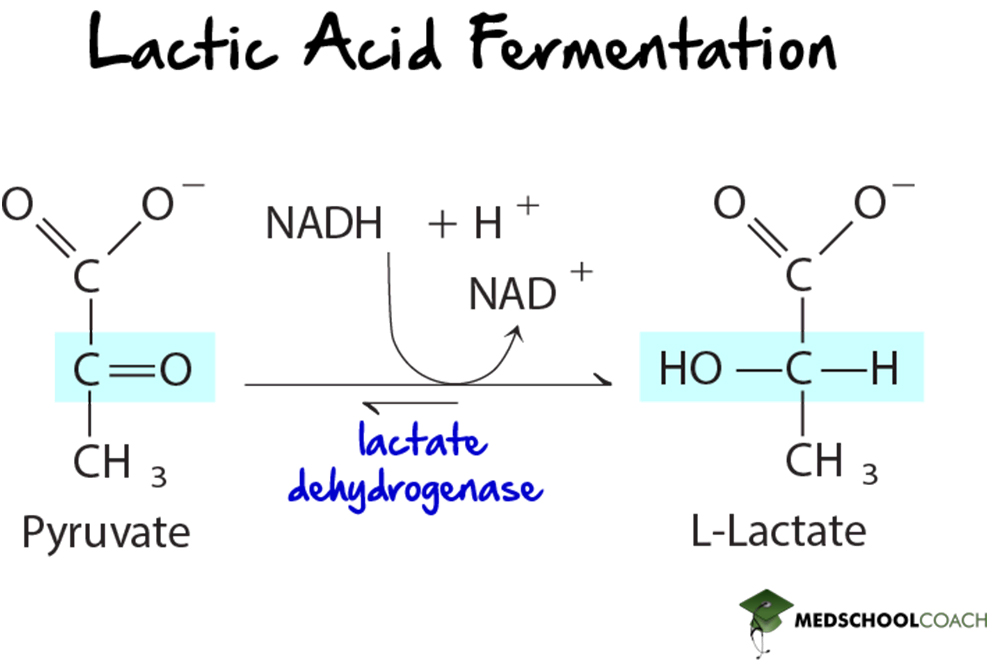Identification of a microbial isolate is essential for the proper diagnosis and appropriate treatment of patients. Scientists have developed techniques that identify bacteria according to their biochemical characteristics. Typically, they either examine the use of specific carbon sources as substrates for fermentation or other metabolic reactions, or they identify fermentation
products
or specific enzymes present in reactions.
 In the past, microbiologists have used individual test tubes and plates to conduct biochemical testing. However, scientists, especially those in clinical laboratories, now more frequently use plastic, disposable, multitest panels that contain a number of miniature reaction tubes, each typically including a specific substrate and ph indicator.
In the past, microbiologists have used individual test tubes and plates to conduct biochemical testing. However, scientists, especially those in clinical laboratories, now more frequently use plastic, disposable, multitest panels that contain a number of miniature reaction tubes, each typically including a specific substrate and ph indicator.
What are the types of Fermentation?
Have you ever thought about what it means to breathe? breathing is how the cells get the energy to stay alive, using oxygen (o2).
 It is hard to think about being alive without breathing, is not it? well, this is the case for some small creatures! many microorganisms can grow and live without using o2, and this is possible thanks to fermentation. Fermentation is a process in which sugars are used to generate energy for living cells. Besides, this energy is obtained without the need of o2, since it uses an anaerobic pathway. Thus, it represents an alternative way to obtain energy! fermenting microorganisms and their by-products define the fermentation type.
It is hard to think about being alive without breathing, is not it? well, this is the case for some small creatures! many microorganisms can grow and live without using o2, and this is possible thanks to fermentation. Fermentation is a process in which sugars are used to generate energy for living cells. Besides, this energy is obtained without the need of o2, since it uses an anaerobic pathway. Thus, it represents an alternative way to obtain energy! fermenting microorganisms and their by-products define the fermentation type.
Most science classes discuss fermentation only as an alternative to aerobic respiration. Aerobic respiration begins with a process called glycolysis , in which a carbohydrate such as glucose is broken down and, after losing some electrons, forms a molecule called pyruvate. If there's a sufficient supply of oxygen, or sometimes other types of electron acceptors, the pyruvate moves to the next part of aerobic respiration. The process of glycolysis makes a net gain of 2 atp. Fermentation is essentially the same process. The carbohydrate is broken down, but instead of making pyruvate, the final product is a different molecule depending on the type of fermentation.
Fermentation starts with glycolysis, but it does not involve the latter two stages of aerobic cellular respiration (the krebs cycle and oxidative phosphorylation). During glycolysis, two nad+ electron carriers are reduced to two nadh molecules and 2 net atps are produced. The nadh must be oxidized back so that glycolysis can continue and cells can continue making 2 atps. The cells cannot make more than 2 atp in fermentation because oxidative phosphorylation does not happen due to a lack of oxygen. There are two types of fermentation, alcoholic fermentation and lactic acid fermentation. Our cells can only perform lactic acid fermentation; however, we make use of both types of fermentation using other organisms.
The final metabolic pathway we’ll discuss is fermentation. This is an anaerobic process (it occurs without oxygen). You’re most likely familiar with the idea that alcohol is created through a process called fermentation. However, you may not be familiar with just how this process works. Another type of fermentation—called lactic acid fermentation—takes place in the bodies of animals and some bacteria. Humans gain valuable products from both types of fermentation. Alcohol fermentation creates breads, beer, wine, and spirits for us. Lactic acid fermentation is used in making dairy based products such as yogurt.
What is the definition of fermentation?
Recombinant proteins produced via precision fermentation are animal-free by definition in the sense that no animals are involved in their production. Even when creating a piece of dna that encodes the instructions for producing said protein, no inputs (not even a biopsy of cells!) are needed from the dairy cow. Instead, we can reference existing genome databases to obtain the necessary information.
Louis pasteur discussed the issue of fermentation [ 1 , 2 ]. He obviously suspected—and, in some cases, he knew—that fermentative processes are diverse and complicated. Indeed, although modern science recognizes more than one type of fermentation, a general definition should define fermentation as a biochemical process through which most microorganisms decompose carbohydrates to produce energy under anaerobic conditions [ 3 , 4 , 5 ]. According to pasteur, “fermentation is life in the absence of oxygen” [ 1 ]. In this somewhat obscure and phenomenological term, various types of fermentation are included, such as yeast fermentation, lactic acid fermentation, butyric acid fermentation, propionic acid fermentation and acetic acid fermentation.
What is industrial fermentation?
Homo fermentation: only one type of product formation hetero fermentation: more than one product formed on the basis of the end product formed, fermentation can be categorized as follows: 1. Lactic acid fermentation lactic acid is formed from pyruvate produced in glycolysis. Nad+ is generated from nadh. Enzyme lactate dehydrogenase catalyses this reaction. Lactobacillus bacteria prepare curd from milk via this type of fermentation. During intense exercise when oxygen supply is inadequate, muscles derive energy by producing lactic acid, which gets accumulated in the cells causing fatigue. 2. Alcohol fermentation this is used in the industrial production of wine, beer, biofuel, etc. The end product is alcohol and co2.
Fermentation is the process whereby “sugars” are converted by yeast to alcohol, carbon dioxide, and heat. In the brewing of most traditional beer, the sugars are derived mainly from malted barley, although other cereal sources and other plant sugars can also be used. These materials also contribute proteinaceous substances, which in concert with the sugars and added flavoring agents, notably hops, generate the alcohol, flavors, and aromas that we know and love as beer. The fermentation process has been practiced over many thousands of years, with the predilection for consuming alcohol as a common feature of practically all civilizations throughout history.
Admassie, m. (2018). A review on food fermentation and the biotechnology of lactic acid bacteria. World journal of food science and technology, 2(1), 19. Https://doi. Org/10. 11648/j. Wjfst. 20180201. 13 ciani, m. , comitini, f. , & mannazzu, i. (2018). Fermentation. Encyclopedia of ecology, june, 310–321. Https://doi. Org/10. 1016/b978-0-12-409548-9. 00693-x ghosh, b. , bhattacharya, d. , & mukhopadhyay, m. (2018). Use of fermentation technology for value-added industrial research. Principles and applications of fermentation technology, august, 141–161. Https://doi. Org/10. 1002/9781119460381. Ch8 hind, h. L. , & day, f. E. (1930). Fermentation industries. In journal of the institute of brewing (vol. 36, issue 6, pp.
When fermentation experts mara jane king and sandor katz traveled to sichuan to research industrial and home-style fermentation in the region, they had no idea where to find a local who was well-versed in at-home fermentations. They had no connections there, no guide, no personal acquaintance. Fortunately, the pair didn’t have to look very far. As they wandered the streets on that first day, katz found some sausages curing on a front porch. While he took photographs, a woman, mrs. Ding, emerged from her house. After a quick chat, she graciously invited them into her home. “and there she was, in her kitchen,” says king.
What are the four types of fermentation?
By gracia dala, nutrition student at the university of texas at austin what is fermentation? you might have noticed in recent years that kefir, kombucha, and kimchi have gained popularity, these products all share one distinct quality (no, it's not that they all start with the letter "k"). These three products have all gone through fermentation. Fermentation is a process done by microorganisms, such as bacteria and yeast, in an anaerobic environment in which they break down a sugar. This results in carbon dioxide (what gives many fermented products their fizziness) and either alcohol and/or an acid. There's three types of fermentation: alcoholic fermentation-when a sugar is converted to alcohol and carbon dioxide.
What is fermentation? it’s the process of using microorganisms, such as bacteria or yeast, to convert carbohydrates to alcohol or organic acids under anaerobic conditions. There are two types of fermentation: alcoholic and lactic acid. Alcoholic fermentation, or ethanol fermentation, is where pyruvate (from glucose metabolism) is broken down into carbon dioxide and ethanol by bacteria and yeast. Alcohol fermentation has been used to produce beer, bread and wine. Pyruvate molecules from glucose glycolysis may be further fermented into lactic acid. Lactic acid fermentation converts lactose into lactic acid. There are several benefits to fermenting food. First, fermentation serves to enhance the digestion of food.
). There are different types of fermentation: wine is produced by alcoholic fermentation using yeast, vinegar is fermented with acetic-acid-producing bacteria, and soybeans are fermented by mold into tempeh ( 2 ). The term “|acto” refers to lactic acid, which is a type of acid that’s produced upon the breakdown of sugar in an oxygen-free environment. It was first identified in milk, which contains the sugar lactose, hence the name lactic acid. Lacto-fermentation uses lactic-acid-producing bacteria (primarily from the lactobacillus genus), as well as some yeasts. These bacteria break down the sugars in food to form lactic acid and sometimes alcohol or carbon dioxide (.
With a better idea of the science behind fermentation and the processes that are carried out on a microscopic level, we have a clearer vision in terms of how fermentation works and why fermentation occurs. However, the process of fermentation is quite broad. It can be ideally categorized into three main types based on the factors that cause fermentation as well as the initial ingredients and final products involved. Those three variations are: while the underlying principle of fermentation remains the same (converting sugars into several other types of molecules via anaerobic respiration to generate energy), each process requires unique environmental conditions, sugars, and even unique types of bacteria that cause fermentation.

No comments:
Post a Comment